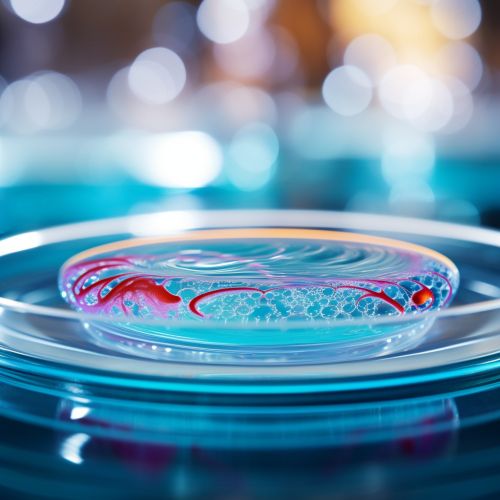In-vitro fertilization
Introduction
In-vitro fertilization (IVF) is a complex series of procedures used to help with fertility or prevent genetic problems and assist with the conception of a child. During IVF, mature eggs are collected (retrieved) from ovaries and fertilized by sperm in a lab. Then the fertilized egg (embryo) or eggs (embryos) are transferred to a uterus. One full cycle of IVF takes about three weeks. Sometimes these steps are split into different parts and the process can take longer.
History
The first successful birth of a "test tube baby", Louise Brown, occurred in 1978. Robert G. Edwards, the physiologist who developed the treatment, was awarded the Nobel Prize in Physiology or Medicine in 2010. The initial development of IVF technology and its application to humans was conducted by Patrick Steptoe and Robert Edwards in the United Kingdom. Edwards was awarded the 2010 Nobel Prize in Physiology or Medicine for his work on the development of in vitro fertilization.


Procedures
The five basic steps in the IVF and embryo transfer process include:
- Monitor and stimulate the development of healthy egg(s) in the ovaries.
- Collect the eggs.
- Secure the sperm.
- Combine the eggs and sperm together in the laboratory and provide the appropriate environment for fertilization and early embryo growth.
- Transfer embryos into the uterus.
Success Rates
The success rate of IVF treatments depends on a number of factors including reproductive history, maternal age, the cause of infertility, and lifestyle factors. It is also important to understand that pregnancy rates are not the same as live birth rates. In the United States, the live birth rate for each IVF cycle started is approximately:
- 41-43% for women under age 35 - 33-36% for women ages 35 to 37 - 23-27% for women ages 38 to 40 - 13-18% for women ages over 40
Risks and Complications
There are several risks and potential complications associated with IVF treatment. These include:
- Multiple births. IVF increases the risk of multiple births if more than one embryo is transferred to your uterus. A pregnancy with multiple fetuses carries a higher risk of early labor and low birth weight than pregnancy with a single fetus does. - Premature delivery and low birth weight. - Ovarian hyperstimulation syndrome. - Miscarriage. - Egg-retrieval procedure complications. - Ectopic pregnancy. - Birth defects. - Cancer.
Ethical and Social Considerations
In-vitro fertilization has been the subject of intense debate and discussion since its inception. These ethical and social debates range from issues of life and death, the definition of family, the rights of the child, the process of medical decision making, and the relationship between science and society.
See Also
Assisted Reproductive Technology Embryo Transfer Sperm Donation
